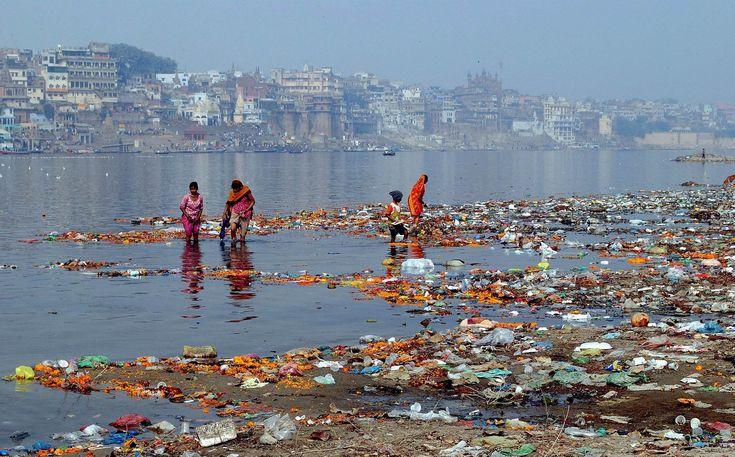Why Ganga River Pollution Is a National Crisis and How We Can Address It

The Ganga River, also known as the Ganges, holds immense cultural, religious, and ecological significance in India. It is considered a lifeline for millions of people, serving as a source of water, agriculture, and livelihood. However, the Ganga is currently facing a grave issue—pollution. The scale of Ganga river pollution is alarming, and if left unchecked, it threatens not only the river's biodiversity but also the well-being of countless people who rely on it.
Understanding the Causes of Pollution in the Ganga River
Ganga river pollution is primarily caused by a combination of industrial waste, untreated sewage, and religious offerings that are disposed of in the water. Urbanization along the river's banks has significantly increased, leading to a rise in domestic waste that often ends up in the river without adequate treatment. The cities and towns along the Ganges have poor waste management systems, and untreated sewage is released directly into the river, leading to water pollution in the Ganga river.
Another significant contributor to Ganges river pollution is the industrial discharge from factories and chemical plants that line the river. Many of these industries do not follow the necessary environmental regulations and continue to dump toxic substances into the water. The use of the river for religious rituals also adds to the pollution, with offerings like flowers, ashes, and plastic materials being left in the water, harming the ecosystem.
Environmental Impact of Ganga River Pollution
The consequences of water pollution in Ganga river are far-reaching. The river is home to a variety of aquatic species, many of which are now endangered due to the poor water quality. The high levels of pollutants, including heavy metals and chemicals, can destroy aquatic life and disrupt the food chain. The river's pollution also leads to the loss of natural habitats for many species, such as the Ganga river dolphin, which is one of the most iconic animals associated with the river.
Moreover, Ganga river pollution poses a serious threat to human health. Millions of people living along the river depend on it for drinking water, sanitation, and agriculture. Polluted water can lead to waterborne diseases like cholera, dysentery, and typhoid, which affect thousands every year. The contamination also reduces the river's ability to support agriculture, impacting the livelihoods of millions who depend on irrigation from the Ganga.
Steps to Address Ganga River Pollution
Efforts to tackle ganga river pollution have been underway for years, but the situation demands immediate action. The government has launched the Namami Gange program, which aims to clean and rejuvenate the river through sewage treatment plants, afforestation, and stricter pollution control laws. However, these measures alone are not enough. The public must also play a crucial role in reducing pollution and preserving this sacred river.
One of the key steps to reduce causes of pollution in river Ganga is to improve waste management systems in cities and towns along the river. By ensuring that sewage is treated before being released into the water, we can significantly reduce the amount of untreated waste entering the river. Additionally, industries must be held accountable for the toxic substances they release into the Ganga. Stricter enforcement of environmental regulations can help curb industrial pollution.
Another important initiative is to raise awareness about the environmental impact of religious rituals on the river. Educating people about the harm caused by leaving non-biodegradable offerings in the water can help reduce the volume of waste entering the Ganga. Community-based efforts, such as organizing clean-up drives, can also contribute to maintaining the river's health.
Conclusion
Ganga river pollution is not just an environmental issue; it is a national crisis that requires urgent attention. The Ganga is integral to the lives of millions of people, and its pollution affects both the environment and public health. While the government and NGOs are working on various projects to clean the river, the collective efforts of the public are essential to bring about meaningful change. By improving waste management, enforcing stricter regulations on industrial discharge, and promoting environmental awareness, we can take significant steps toward addressing the ganga river pollution crisis and ensuring the survival of this invaluable resource for future generations.






